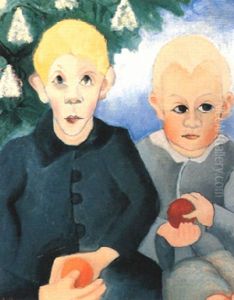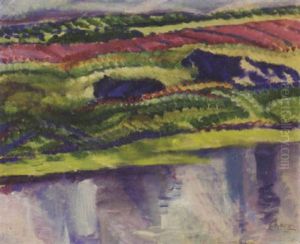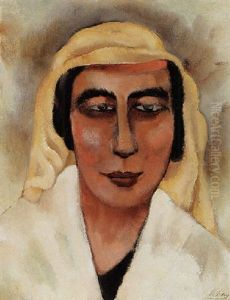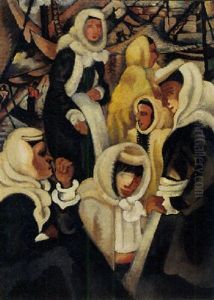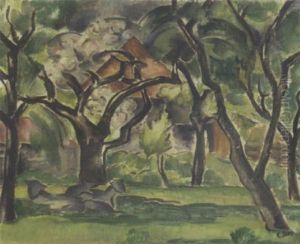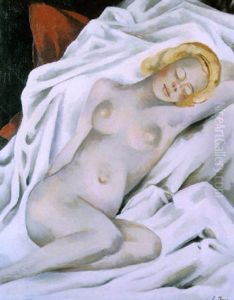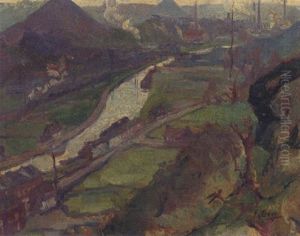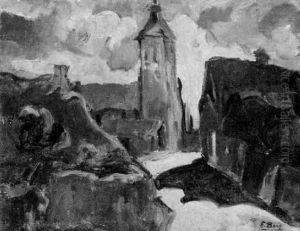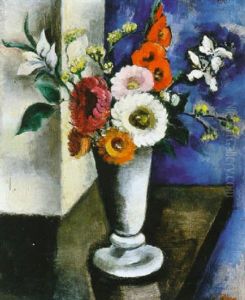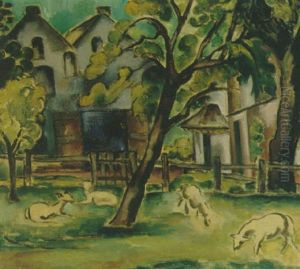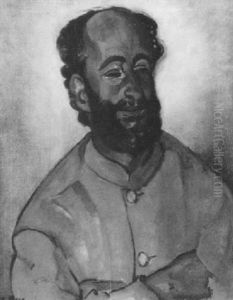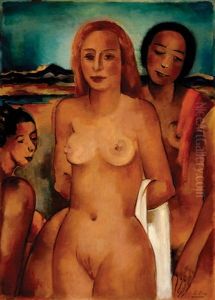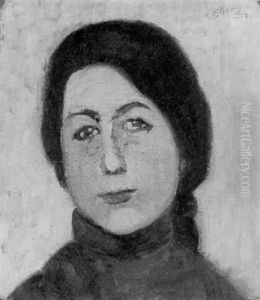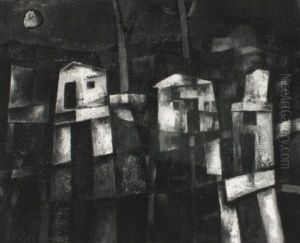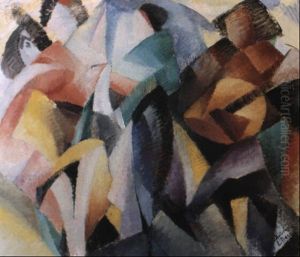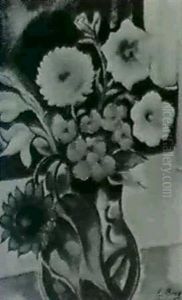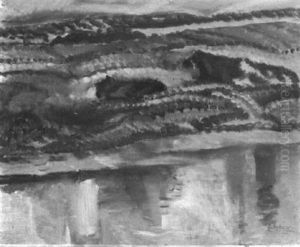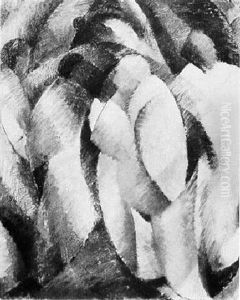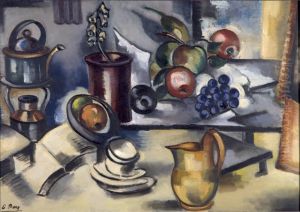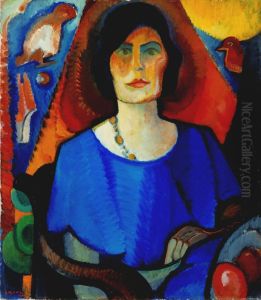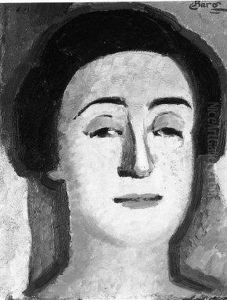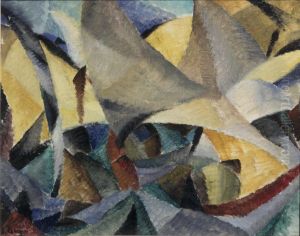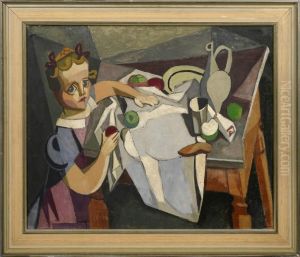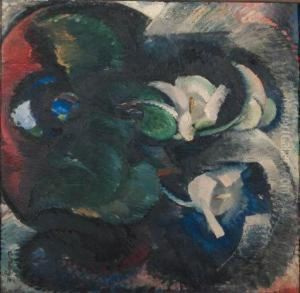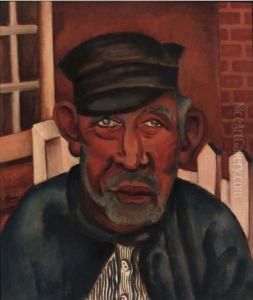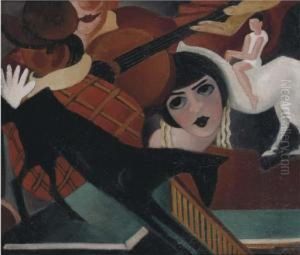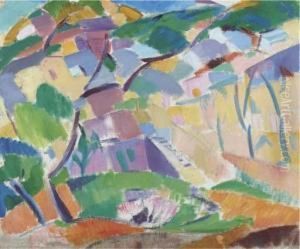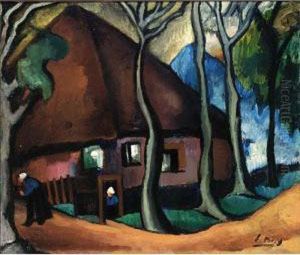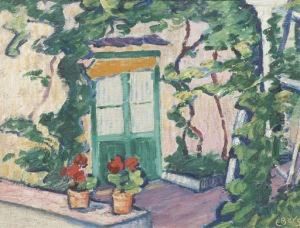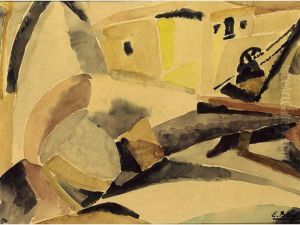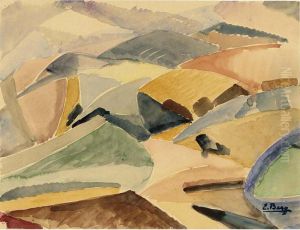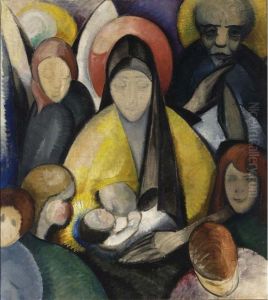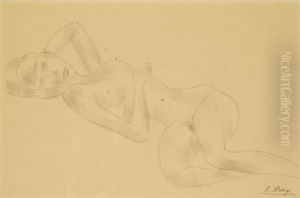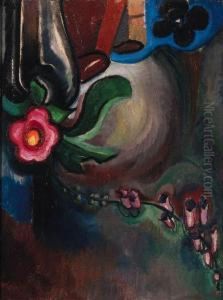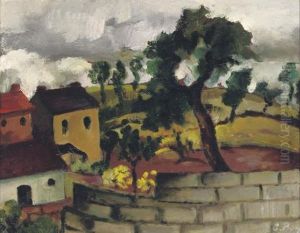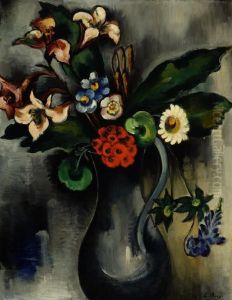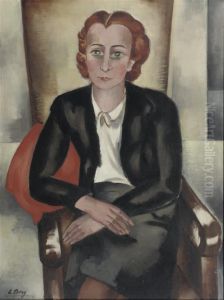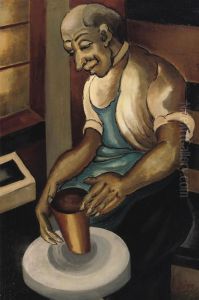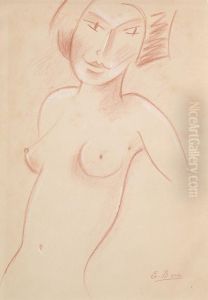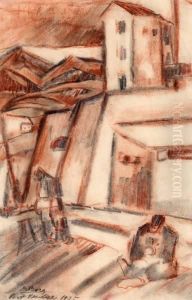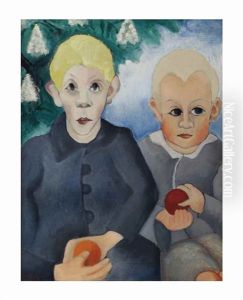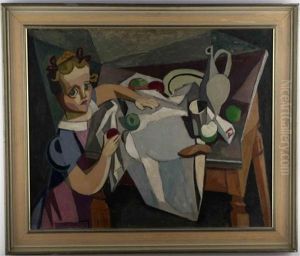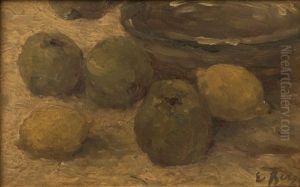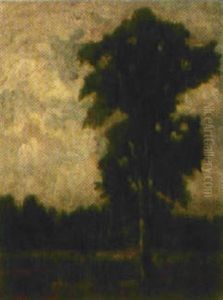Else Berg Paintings
Else Berg was a notable painter born on February 19, 1877, in Ratibor, German Empire (present-day Racibórz, Poland). She was part of the early 20th-century European art scene and is most renowned for her contributions to modern art, particularly within the Expressionist and Post-Impressionist movements. Her Jewish heritage and a significant portion of her life spent in the Netherlands, where she moved in 1905, deeply influenced her artistic journey.
Berg's art was characterized by a diverse range of subjects including landscapes, still lifes, portraits, and urban scenes, showcasing her versatility and depth as an artist. She was deeply influenced by various avant-garde art movements of her time, including Cubism and Expressionism. Her style evolved over the years, reflecting her continuous exploration and experimentation with new ideas and techniques.
She became an integral part of the Amsterdam art scene, closely associating with the Modern Art Circle group, which included other prominent artists like her husband, Mommie Schwarz, with whom she frequently collaborated. Their works were often exhibited together, and they shared a mutual influence on each other's artistic development.
The outbreak of World War II and the subsequent occupation of the Netherlands by Nazi Germany had a profound impact on Berg and her husband, both of whom were Jewish. Their situation became increasingly perilous, leading to their arrest in 1942. Tragically, Else Berg and Mommie Schwarz were deported to Auschwitz concentration camp, where they were executed shortly after their arrival on November 19, 1942.
Despite the tragic end to her life, Berg's artistic legacy endures, with her works being celebrated for their emotional depth and technical prowess. Her contributions to modern art continue to be recognized in exhibitions and collections worldwide, serving as a testament to her talent and the enduring significance of her work.
